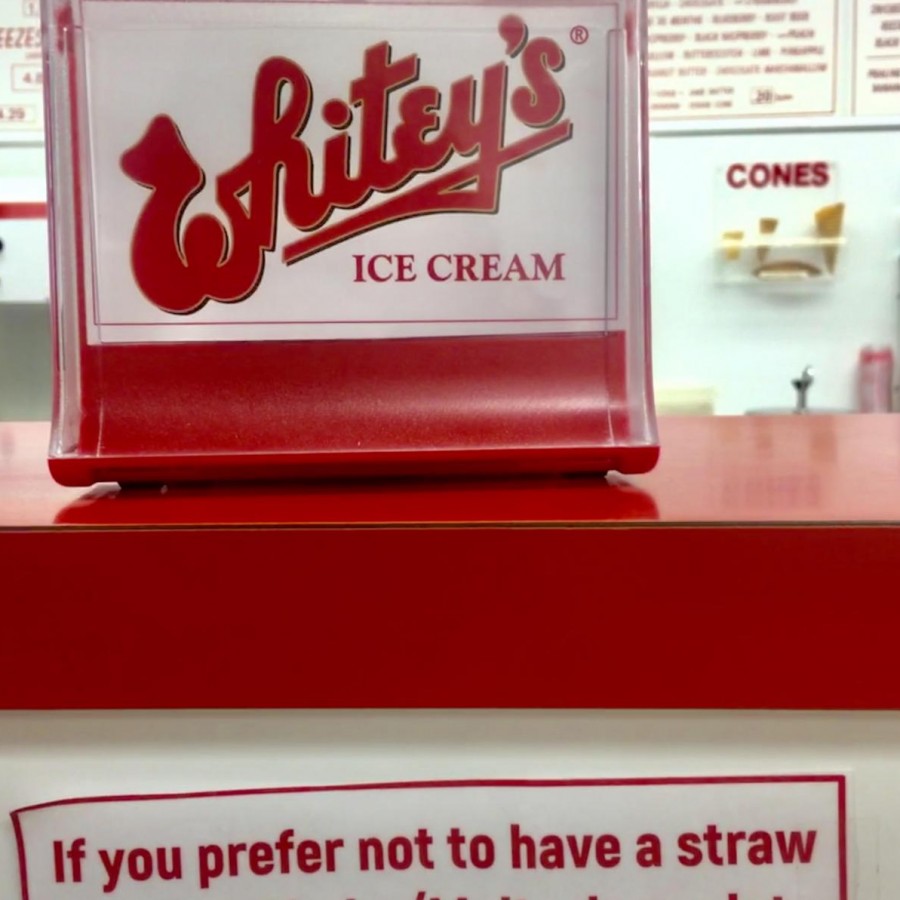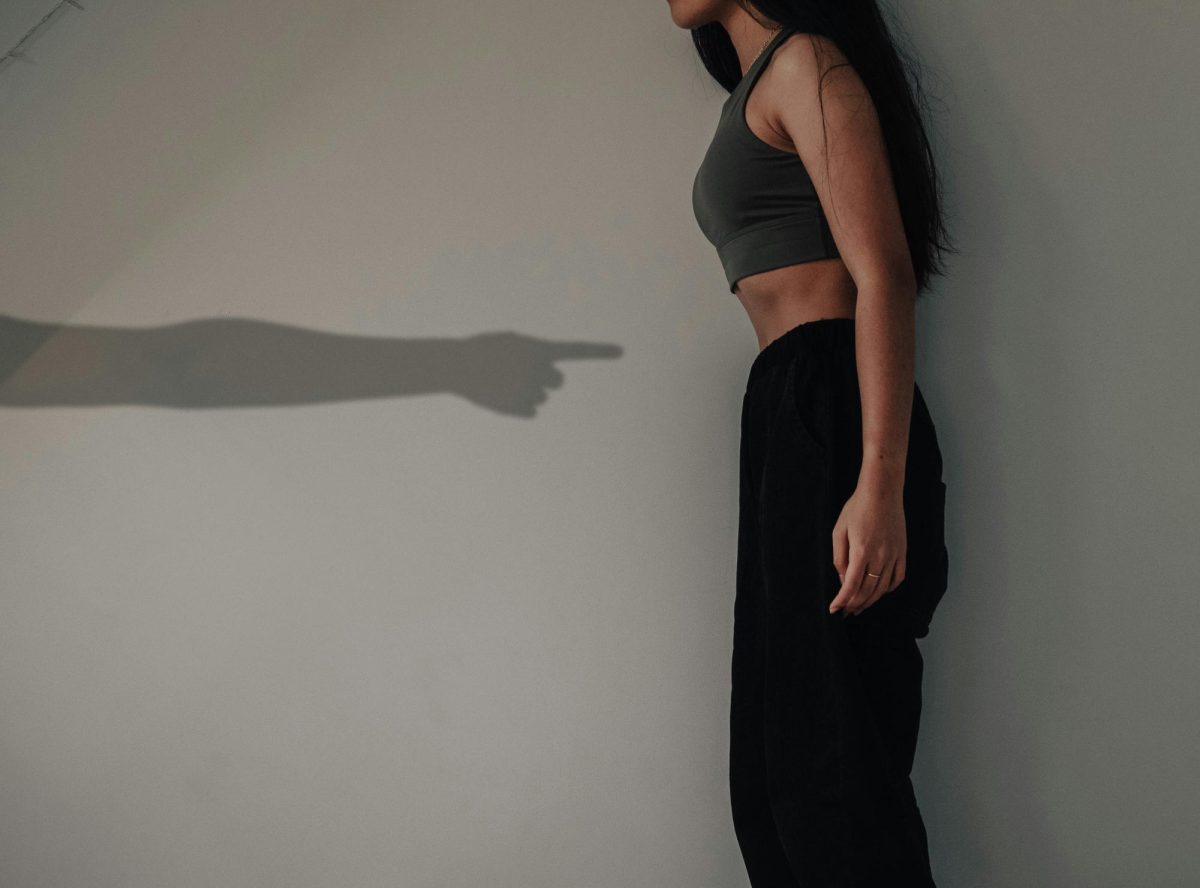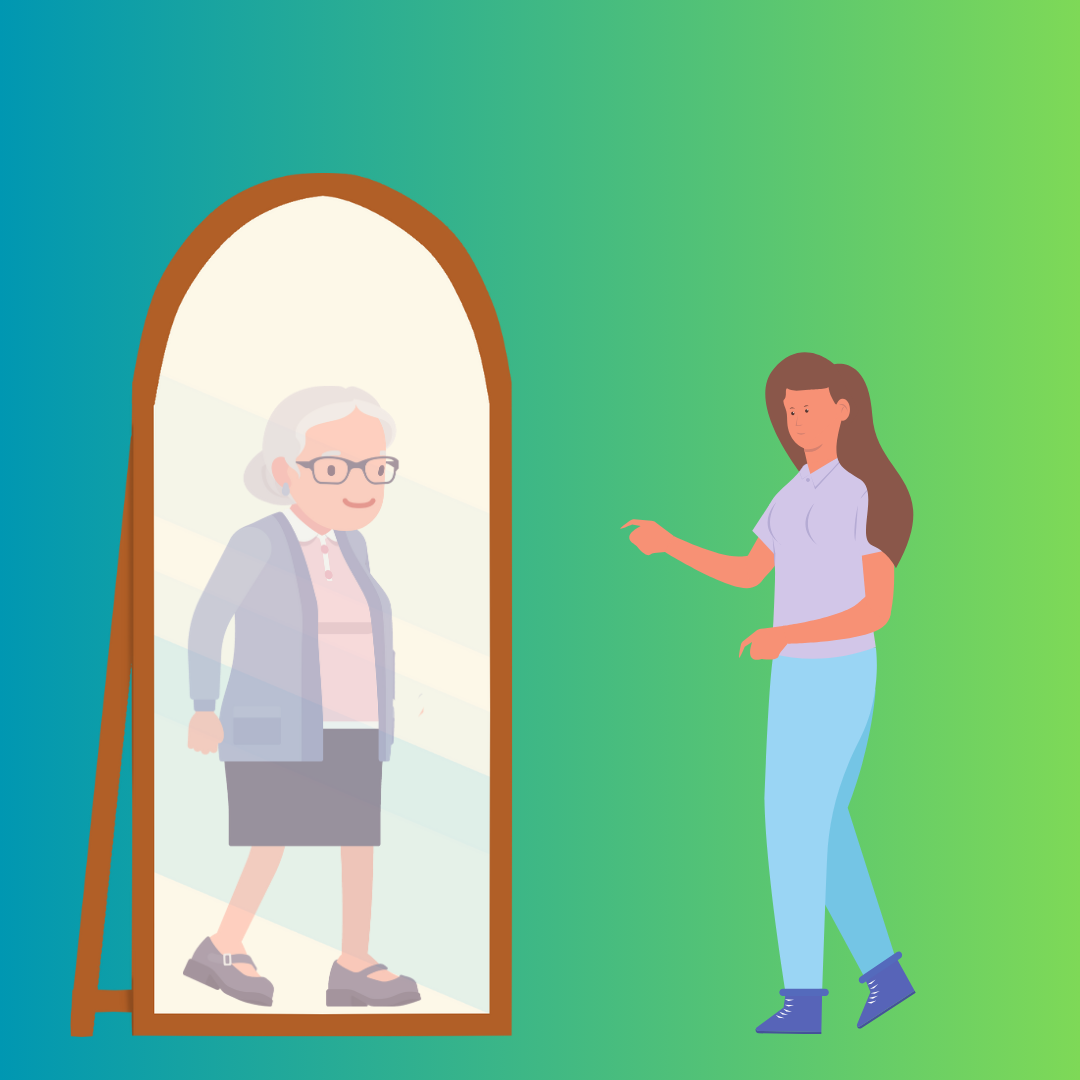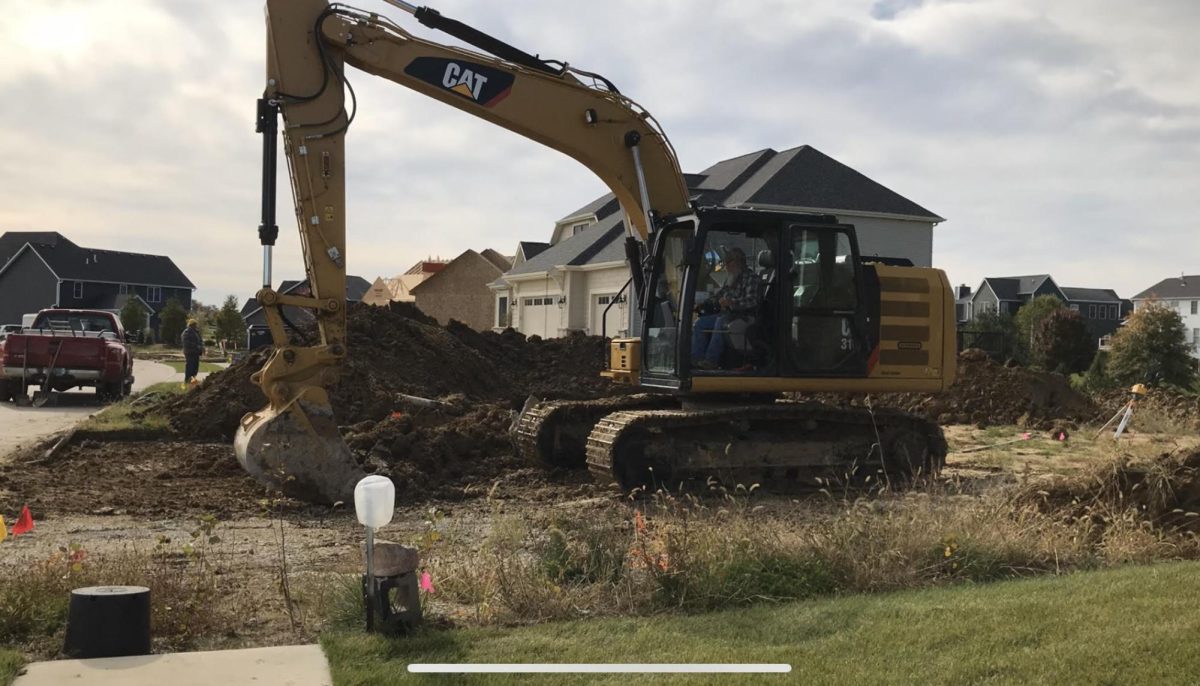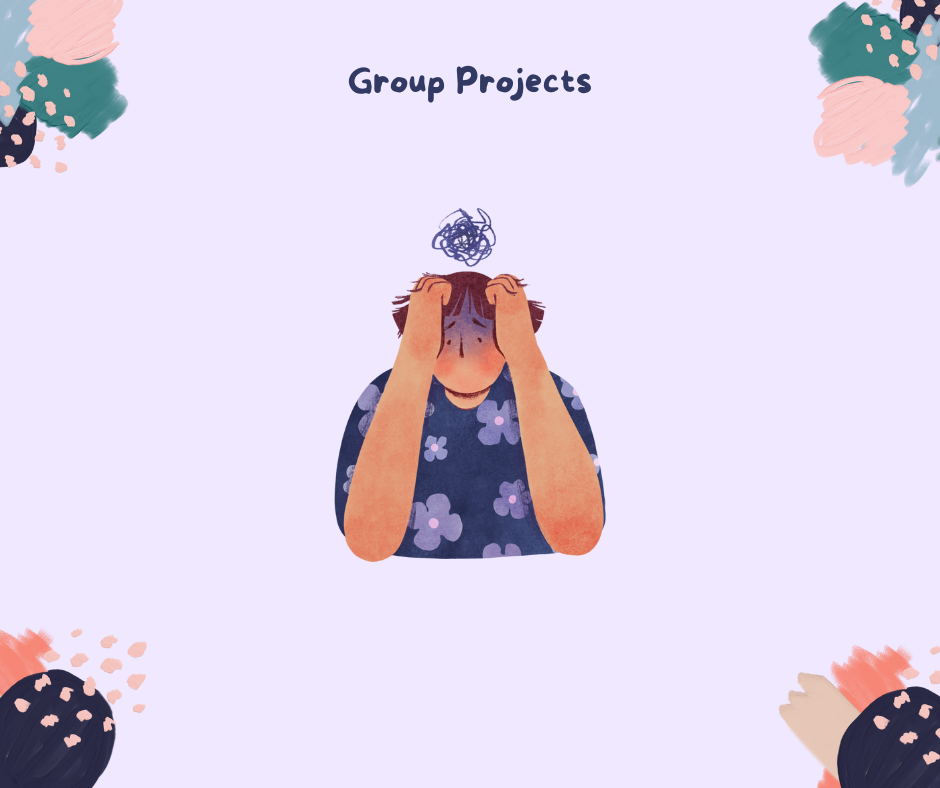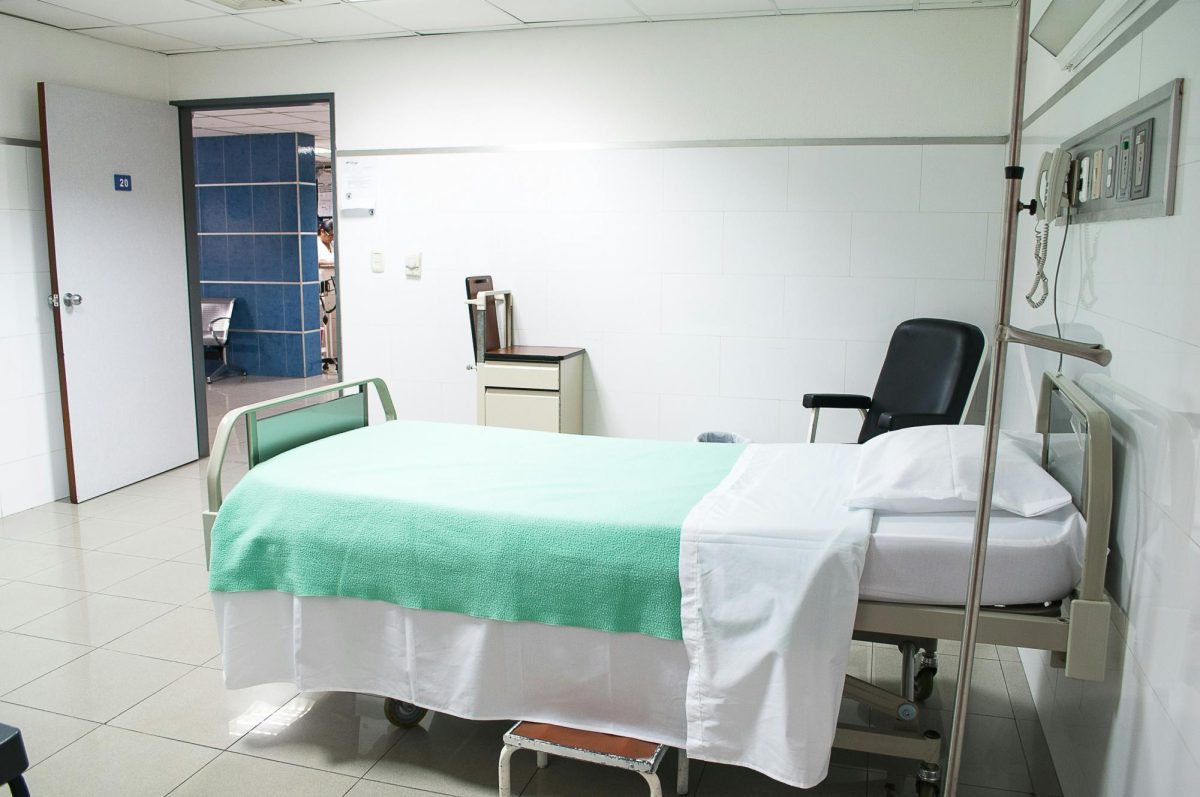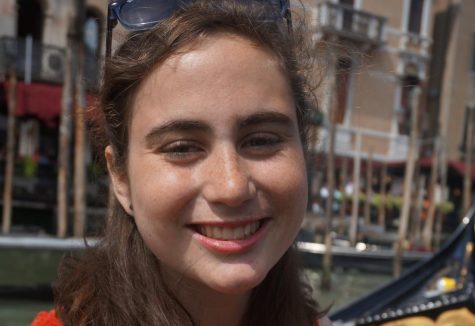The average American uses 1.6 straws a day. Seemingly small, this number compounded person after person becomes 210 tons of plastic- every single day. However mountainous, this number still only accounts for 0.3% of American plastic waste. So then why have straws been getting all the press? Many are considering it the “gateway plastic” to raising awareness of our waste; the stepping stone toward a sustainable future. Already, the heightened awareness has led Starbucks to be on its way to a completely compostable cup and local teens are beginning to think about their own plastic footprints. With the recent publicity more people are realizing the consequences of plastics that are used for minutes then last for centuries.
Straws’ negligible size, a reason people justify tossing them in the first place, is what make them particularly harmful to marine life. Their size causes them to be mistaken as food for many fish and birds and lead to fatal choking and digestive problems for the sea creatures. Other times, the straws become lodged in the animals. Such was the case of the 2015 viral video, now with 33 million views, in which a marine biologist from Texas A&M removed a 4 inch long straw from a wild sea turtle’s nose.
Straws cause yet more problems when they break down into microplastics: bits of plastic less than 5 mm in length. Also commonly mistaken for food, these plastic pieces don’t directly kill the fish but lead to toxic chemicals in their livers.
Fish and crustaceans consuming these microplastics is becoming a problem at human meals as well. While research on microplastics is only just taking off, one study accounting for 15 brands of sea salts found 273 microplastics per pound of salt and another studying shellfish found they contained around 0.4 microplastics per gram.
All these awful effects of straws are now garnering responses from businesses, big and small. On July 9, Starbucks announced their $10M commitment toward a total recyclable and compostable global cup solution. By 2020, they plan to be completely plastic straw free; accomplishing this on a global scale will eliminate one billion straws a year. For Erin Simon, director of sustainability research at World Wildlife Fund, this “represents the company’s forward thinking in tackling the material waste challenge in totality” and she hopes “others will follow in their footsteps.” Two weeks later, Disney did just that.
In late July they announced that, “By mid-2019, The Walt Disney Company will eliminate single-use plastic straws and plastic stirrers at all owned and operated locations across the globe.” This single act will amount to 175 million less straws and 13 million less stirrers annually.
More and more big companies are paying attention to the plight, but just down the street from PV High School students can see evidence of this issue. Walking into Whitey’s, ice cream customers now see a sign taped to the counter reading, “If you prefer not to have a straw in your Shake/Malt, please let our employees know when placing your order. Thank you!”.
A Whitey’s manager said the sign was a response to what’s been “sweeping the nation with straws and the pro-environment people not wanting to have plastic in our oceans. To cater to that need, if they tell us we won’t put it in. We just want to make everyone happy.” When asked how the sign has affected the amount of straws in shakes he said “a few more people ask, but not a drastic sweep by any means.” Even if this small sign isn’t making waves, it is still a step toward a more conscious community. On the local level, shops should follow in the footsteps of Whitey’s and cater to the needs of our environment.
Working for a sustainable future doesn’t have to spark from businesses. Fellow students at Pleasant Valley have habits that reduce the use of straws. A senior at Pleasant Valley High School, Mary Klingelhoefer, said, “At restaurants I ask them to hold the straw, at home I use reusable straws. But at some places I forget that they automatically put them in. I prefer restaurants that don’t use straws or at least ask before putting one in your drink.”
In fact, all of the PV students interviewed supported restaurants and cafes asking before adding a straw to a drink. When asked about plastic straw use, senior Daniela Rybarczyk said she only used with reused plastic or glass cups. Make a difference! Next time ordering that morning coffee, sip from the side or bring your own reusable cup to fill. This simple habit will soon save hundreds of straws and other single use plastics.
Straws have been in the spotlight over the summer. From sea turtles on YouTube to Starbucks’ new cups, straws have been making big headlines. Called the “gateway plastic” for raising awareness for plastic waste, straw’s recent publicity has been generating change in businesses and personal habits. With more of this awareness, our land and oceans can look forward to clearer days.



